Way back 2022, Saskatchewan celebrated getting its finances “Back on track” with a balanced budget. Fast forward to 2023, and things have taken a different turn. The province, hoping for financial stability, is now dealing with unexpected challenges that have derailed its economic plans. In March 2023, Finance Minister Donna Harpauer stood up in the legislature and announced Saskatchewan would have a $1 billion surplus in 2023-24. However, the scenario has dramatically shifted, revealing a forecasted deficit of $250.5 million at mid-year, a significant departure from the optimistic surplus projection.
Contrary to neighboring provinces, Saskatchewan’s financial situation is tarnished by unforeseen challenges. Potash prices plummeted due to global market flux, worsened by the inflow of potash from Russia and Belarus into major markets despite Western sanctions. This, coupled with a severe drought crippling parts of the province, resulted in a 20% reduction in projected crop production.
The financial report reveals a sudden increase in expenses by $1.3 billion, chiefly attributed to disaster assistance and emergency aid, depleting the contingency fund by $1.2 billion. The adverse climate conditions necessitated approximately $853.0 million in additional spending on crop insurance claims.
In contrast to revenue projections, taxes are expected to surpass estimates by $414 million, showcasing economic strength. However, this upward trajectory is offset by a staggering $717.8 million drop in Non-Renewable Resource revenue, primarily driven by a 28.6% decline in potash prices and a 5.9% production dip.
Moreover, Saskatchewan’s financial trajectory stands in notable distinction to its neighbors’ achievements. Alberta anticipates a substantial surplus, with revenue expected to soar by $3.7 billion, driven by rising royalties and tax income. Similarly, Manitoba’s proactive measures to alleviate tax burdens have garnered praise, particularly the gas tax reduction, benefiting families and stimulating economic activities.
The unexpected drought and the unpredictable shifts in the global market are significant contributors to Saskatchewan’s current financial challenges. However, what raises concerns is the province’s comparative inaction in implementing tax relief measures, a shift from the strategies adopted by its provincial counterparts. While efforts in monetary management are focused on reducing operating debt and maintaining economic stability, the absence of proactive measures to ease tax burdens or expand revenue sources may be worsening the situation.
Tackling Saskatchewan’s financial challenges demands a comprehensive and well-thought-out approach. This may include:
Diversifying revenue sources beyond non-renewable resources.
Relying solely on these resources has proven volatile, especially with the recent decline in potash prices and production. By exploring alternative income streams, Saskatchewan can reduce its vulnerability to market fluctuations and create a more stable economic foundation.
Implementing strategic tax relief measures.
This involves carefully assessing the current tax structure and identifying areas where adjustments can be made to stimulate economic activity. Strategic tax relief not only provides financial relief for individuals and businesses but also encourages an environment favorable to investment and growth. By strategically lightening the tax burden, Saskatchewan can potentially stimulate economic activity and encourage business expansion.
Strengthening emergency funds.
This is essential for the province’s resilience in the face of unforeseen events. Drawing inspiration from Alberta’s contingency fund, Saskatchewan should allocate resources to a dedicated fund designed to handle emergencies, including natural disasters. This proactive measure ensures that the province is well-prepared to respond swiftly and effectively, minimizing the financial impact of unexpected challenges.
Saskatchewan’s financial outlook remains uncertain due to a combination of external and internal factors. While neighboring provinces thrive, Saskatchewan faces unexpected challenges. As discussed earlier, a proactive approach that includes diversifying revenue streams, practicing prudent revenue management, and implementing strategic relief measures could potentially guide the province back on the path to financial stability. Achieving economic recovery demands not only resilience but also a proactive and adaptable approach to navigate the challenges that lie ahead. It is a journey that necessitates careful planning and strategic decisions to bring Saskatchewan back to a more secure financial position.







